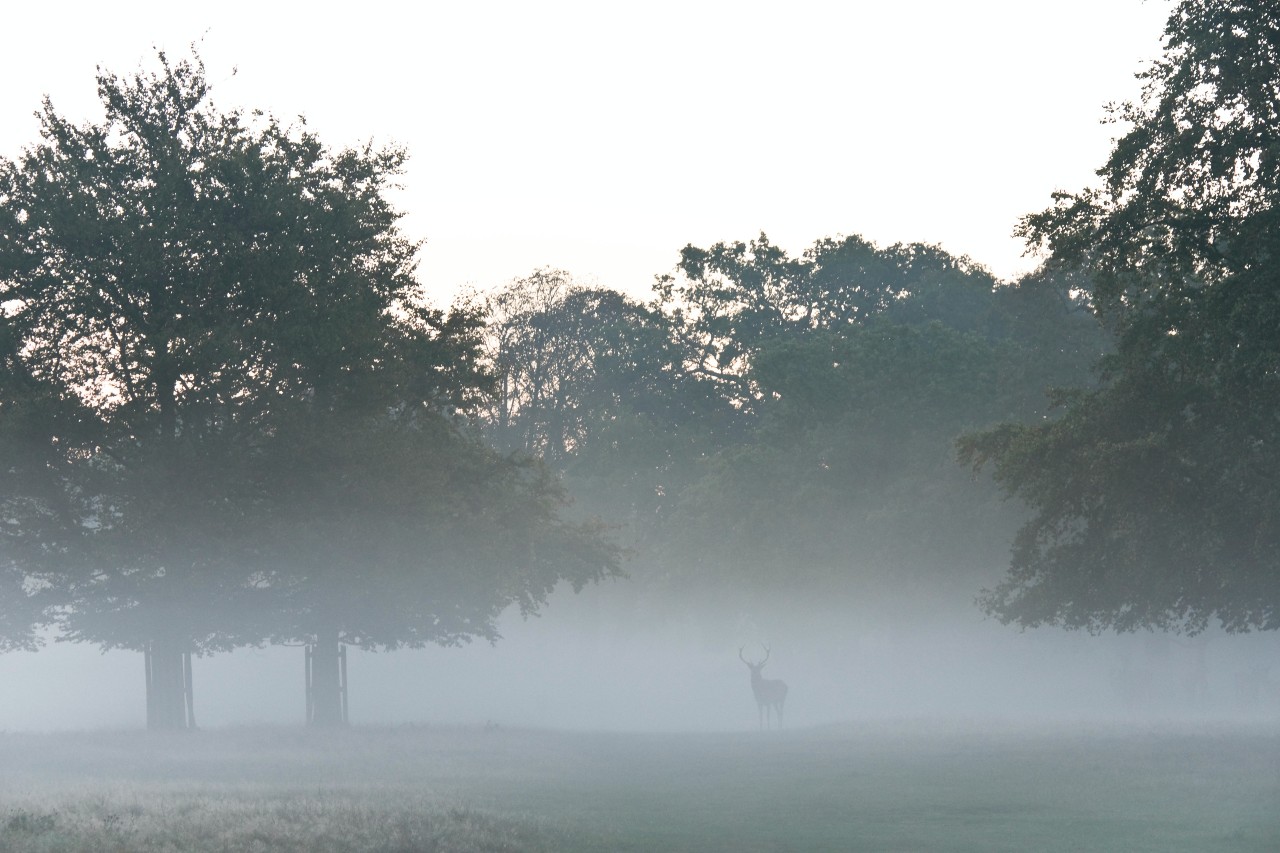Every year, deer hunters talk about how rare it is to see or catch albino or piebald whitetails. Melanistic whitetails, on the other hand, are an even rarer breed.
Among whitetail color morphs, Melanism is one of the most sought-after. A wild melanistic whitetail is a true rarity, even for deer biologists who work in the areas where they are most prevalent. Because of its rarity, little is known about Melanism. However, what is known so far is as follows:
What kind of deer is a melanistic?
Melanistic deer have no distinct color variations, such as brown or white pelage. Most melanistic whitetails are completely black except for the hair on the ventral area of the tail, which is usually white.
What causes melanoma to occur?
As a random genetic anomaly, melanosis is the result. Mutations in the melanicortin 1 receptor gene are thought to cause changes in the color of mammals’ fur (MC1R). A recessive gene that causes Melanism, like the gene that causes some albinism and all piebaldism, is thought to be responsible. They coexist in the same area, with both normal whitetails and melanisms.
Melanistic Deer Biology
You have probably heard of albino and piebald deer, the latter of which is a brown animal with white splotches that resembles a pinto pony. According to biologists, only a small percentage of whitetails are born with those white characteristics.
Among the rarest of the rare are melanistic deer. In 1929, a scientist in the United States noticed and recognized the first of its kind. Only a handful of black deer has been documented among the millions of whitetails hunters in the modern era have taken.
A genetic mutation causes whitetails to produce too much pigment melanin, which results in the deer’s dark coloring. A melanistic buck is not always completely black. There are gray, mahogany, and walnut color stages, with white on the belly and tail.
In contrast to piebald deer, which often have deformities such as curved spines and partially stunted legs, no research suggests that melanistic bucks have inferior bodies or antlers. Except for their color, they appear completely normal.
Known Distribution
According to Leonard Lee Rue, the first documented case of whitetail melanism occurred in 1929. Melanistic whitetails have been found in Mississippi, Michigan, Virginia, Pennsylvania, Texas, and South Carolina, but they can be found anywhere, thanks to a genetic mutation.
However, a 1999 study by Dr John T. Baccus and John C. Posey at Texas Tech University reported an incidence rate of 8.5% in an area covering eight central Texas counties: Blanco, Burnet, Caldwell, Guadalupe, Hays, Travis, and Williamson.
As far as we know, this is the highest localized incidence of Melanism in the entire range of whitetail deer. This region has eight counties, which lie on the eastern edge of the Edwards Plateau Ecological Region and the Blackland Prairie Ecological Region, known as the Balcones Escarpment. It is the only known population of whitetails in North America with a significantly elevated rate of Melanism.
The Biological Significance
Many scientists believe melanin is a rare and random mutation that occurs in the whitetail deer population throughout much of its range. However, some researchers believe that simple random mutations cannot explain the high frequency of mutations in the Edwards Plateau region.
Whitetails may benefit from Melanism, which can help them blend in with the region’s deep drainages and thick cover because of the trait. A study found Melanism in high concentrations near and along river drainages. Ancestral whitetails may have kept the trait alive when conditions were favorable for dark-colored whitetails hundreds or thousands of years ago. Even so, researchers are still unable to provide a definitive answer.
Effects on Management
So, harvesting or passing on a melanistic deer will have no measurable effect on the frequency of this anomaly in free-ranging whitetails, which are not genetically modified. Some hunters in the Edwards Plateau region of Texas, on the other hand, will not kill these animals in the hopes of perpetuating the genetic anomaly or simply because the animals are unique.
Physically, there is no difference between melanistic and regular whitetails other than their fur color. Harvestable melanocytic deer are safely eaten, and Melanism is not harmful to deer populations, even in areas where it occurs more frequently.
If you are lucky enough to see one of these dark-looking whitetails, consider yourself extremely fortunate!
Squaw Mountain Ranch, a deer hunting ranch in North Texas, is the place to go. We have the best selection of exotic deer hunts in Texas, including Elk, Axis, Stag and Whitetail Deer Hunts. In 2022, we remodeled and added new features to our lodging. Visit Squaw Mountain Ranch right away!

